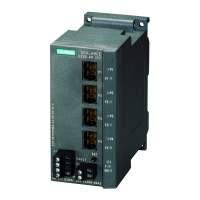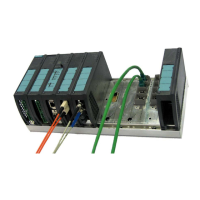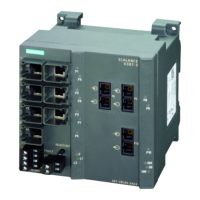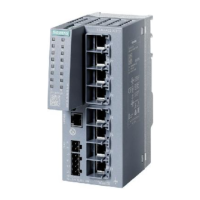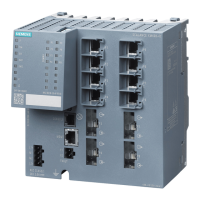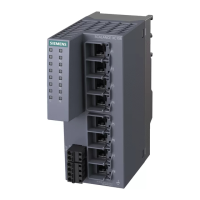Assignment of an IP address
3.1 Introduction
SCALANCE X-200
34 Configuration Manual, 03/2015, C79000-G8976-C285-06
The bits of the host ID can be used to create subnets. The leading bits represent the address
of the subnet and the remaining bits the address of the host in the subnet.
A subnet is defined by the subnet mask. The structure of the subnet mask corresponds to
that of an IP address. If a "1" is used at a bit position in the subnet mask, the bit belongs to
the corresponding position in the IP address of the subnet address, otherwise to the address
of the computer.
Example of a class B network:
The standard subnet address for class B networks is 255.255.0.0; in other words, the last
two bytes are available for defining a subnet. If 16 subnets must be defined, the third byte of
the subnet address must be set to 11110000 (binary notation). In this case, this results in the
subnet mask 255.255.240.0.
To find out whether two IP addresses belong to the same subnet, the two IP addresses and
the subnet mask are ANDed bit by bit. If both logic operations have the save result, both IP
addresses belong to the same subnet, for example 141.120.246.210 and 141.120.252.108.
Outside the local network, the described division of the end node address has no
significance. For packet switching here, only the entire IP address is of interest.
Note
In the bit representation
of the subnet mask, the "ones" must be set left-justified; there must
be no "zeros" between the "ones".
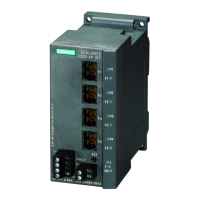
